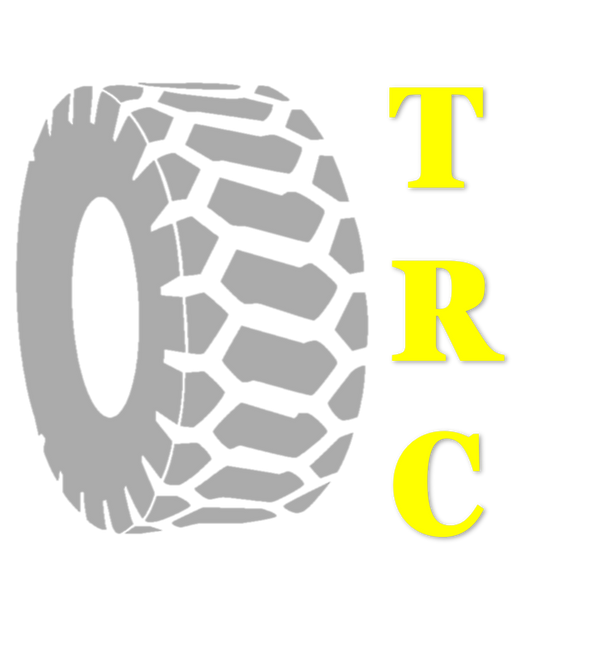Tire Repair
At Tire Repair Center, we specialize in vulcanized tire repair, a durable and long-lasting solution for damaged tires. Whether you're dealing with a puncture, sidewall damage, or other issues, vulcanization restores the tire's strength and integrity, ensuring safety and performance.
Why Choose Vulcanized Repairs?
- Cost-Effective: Extends the life of your tire without needing a full replacement.
- Eco-Friendly: Reduces waste by keeping tires in use longer.
- Reliable: Ensures the repaired area meets or exceeds the tire's original strength.
What is Vulcanized Tire Repair?
Vulcanization is a process that involves treating the damaged area of a tire with heat and pressure, bonding rubber and strengthening it to match or exceed the original durability. This method creates a permanent repair that withstands the rigors of everyday driving, extending the life of your tire.
Heat Vulcanization (Hot Vulcanization):
- Commonly used for larger damages or sidewall repairs.
- Applies heat and pressure to cure the rubber patch, creating a seamless bond.
- Often used for heavy-duty or industrial vehicle tires.
Inspection
Our technicians thoroughly assess all damage to the tire to ensure it is repairable and that the tire can be restored to its original load capacity. During inspection, we examine each tire inside and out to locate the injuries, assess their severity, and determine whether repairs are possible and advisable.
What We Check During Inspection:
- How many injuries are present in the tire.
- Whether injuries are too close to each other to allow for repair.
- Whether any cords are broken, and if so, how many.
Types of Tire Repairs
Nail Hole Repair:
- A Nail Hole Repair is used for injuries smaller than ¼ inch in diameter.
- Nail Hole Repairs can only be performed in the tread section of the tire.
- Injuries larger than ¼ inch or located in the sidewall require a Section Repair.
- This repair uses a chemical (cold) process with either an internal patch or a patch-and-plug combination.
Bead Repair:
- Most injuries to the bead area of a tire do not affect its structural integrity but may cause issues during installation.
- A Bead Repair addresses cuts or chips in the bead to prevent seating issues and further damage.
- This is a spot repair focused specifically on the bead area.
Spot Repair:
- A Spot Repair targets minor damage, such as small cuts or abrasions, that do not penetrate the tire or damage its cords or belts.
- Loose material is removed, and the repair prevents further injury to the area.
- Uncured rubber is added to restore the tire’s original form.
- The repair is cured by “cooking” the tire.
Section Repair:
- A Section Repair is performed when damage goes through the tire or when the cords or belts are compromised.
- All loose rubber and broken cords or belts are removed.
- A reinforcement patch, much larger than the injury, is installed inside the tire to restore structural integrity.
- Additional rubber is added to rebuild the tire’s body and restore its original shape.
- The repair is cured by cooking the tire.
